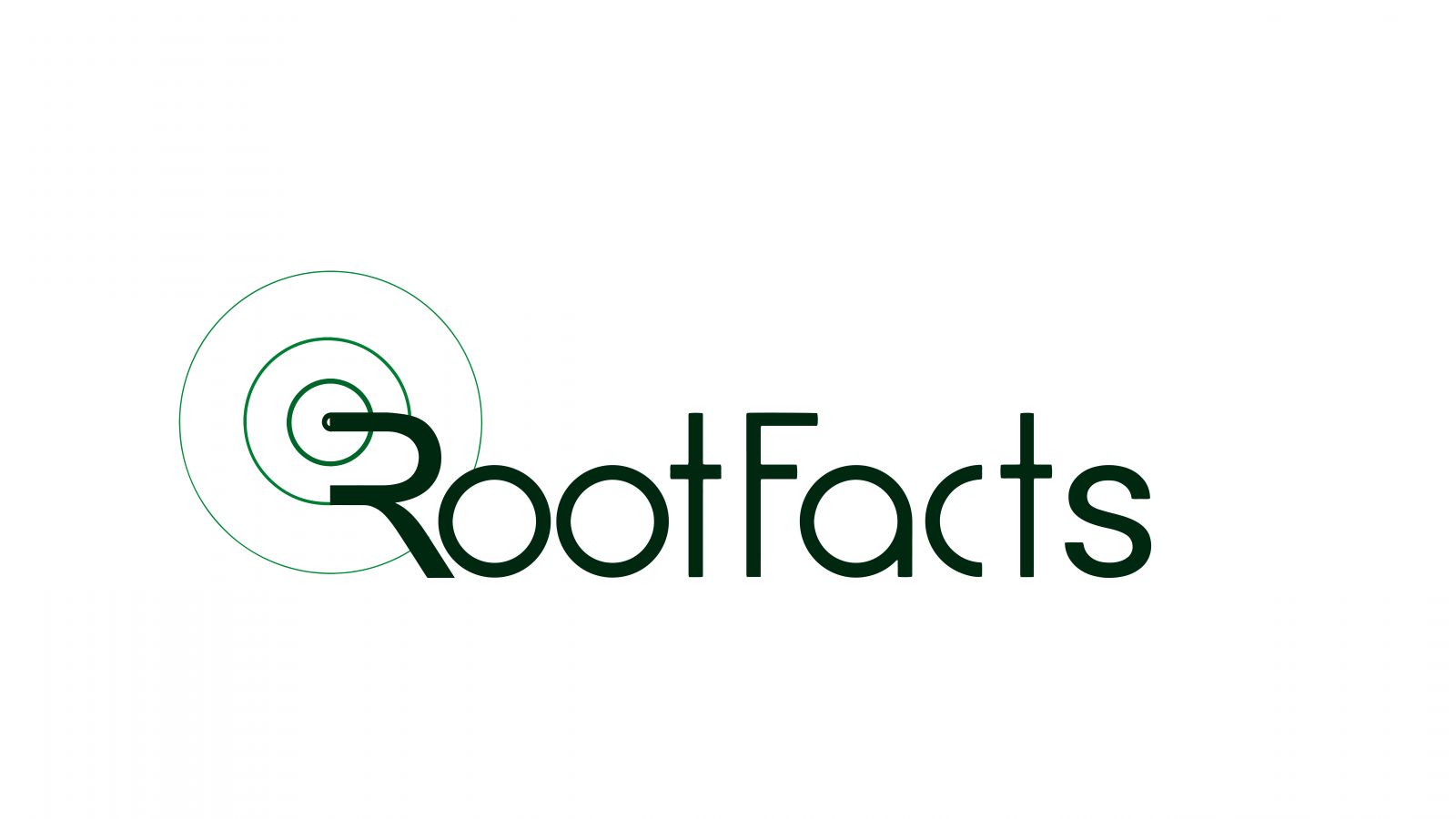
In the Context of the Automation Process, What is a Robot?
A robot is defined as an automated machine that performs a particular task quickly and accurately with less or no human intervention. In the past few decades, there have been considerable developments in the domain of robotics, which mainly focuses on the engineering, design, and working of robots. This blog helps you know, in the context of the automation process, what are a robot and its benefits.
How versatile are robots?
There are various kinds of the robot based on the job they perform. They play a vital role in places where accuracy and automation are involved.
Robots are preferred for the following tasks:
- Automate repetitive or laborious tasks in business or industrial settings.
- Work in unstable or risky conditions to detect dangers like gas leaks.
- Processing and distributing reports for business security.
- Fill out medication prescriptions.
- During emergencies, deliver online orders, room service, and even food packets.
Robots can also create music, keep an eye out for dangerous creatures along the shore, assist with search and rescue operations, and even help with food preparation.
Robot Categories
1. Androids
Robots that resemble humans are called androids. The majority of these are provided with wheels or drives to freely move around. These humanoid robots are employed in fields like personal support, entertainment and education, search and rescue, space exploration and research, public relations and healthcare, and the manufacturing industry.
2. Telechir
A telechir is a sophisticated robot whose operation can be remotely controlled by a human operator. They provide sensory feedback.
3. Telepresence robot
It helps in remote business consultation services, home monitoring automated systems, healthcare and childcare, and more. It synchronizes remote monitoring and control through telemetry provided with the help of the radio, wires, or optical fibers.
4. Industrial robot
Businesses are using these robots to update the workforce beyond simple automation to the higher-level quality-based outcome. This can be accomplished by synchronizing robots to AI, IoT, and other evolving technology. According to the International Forum for robots, more and more industrial robots are installed globally each year across the corners of the world in both developed and developing countries.
These industrial robots create an impact in the following ways:
- Process performance optimization
- Automate manufacturing to boost output and effectiveness;
- Develop products more quickly;
- Increase security; and
- Cheaper prices.
5. Swarm Robot
Swarm robots are sometimes referred to as bug robots. These robots are comparable to insect colonies in that they display rudimentary behaviors on an individual level but show more complicated behaviors collectively and are capable of doing challenging tasks.
6. Smart robotics
The smart robot has an automated intelligent system synchronized to it, that gets input from its surrounding environment and generates the best possible result by analyzing it to its best capacity. A smart robot can work with people to address issues in the following fields:
- Shortages of agricultural workers;
- Marine ecosystem research;
- Arranging products in warehouses; and
- Removing trash from disaster areas.
Robot Process Automation
In the context of the automation process, what is a robot? Even though the technology was initially only available to large corporations for a considerable amount of time, robotic process automation (RPA) has been around for a while. Due to significant technological advancement, RPA is now easily accessible to small enterprises at a much-reduced cost. Its advantages and multifunctional qualities have made headlines.
Although it has a growing user base and several functions, there is still a lot of confusion about what it is and how it helps businesses. Here is the information you need to know about RPA in light of that.
What is RPA?
Robotic process automation, or RPA for short, is defined as a process of automating tedious and repetitive processes to make them simple in execution without human intervention. RPA reduces costs, boosts productivity and accuracy of the considered task, and reduces the workload of the staff so they can focus on higher-priority tasks.
Where can RPA be used?
RPA is starting to become more widely used across a range of fields and businesses, becoming an essential component of every working sector. RPA software is frequently utilized extensively in the following user domains:
1. Customer Services
Over 95% of businesses have reported higher productivity thanks to RPA. Customer support representatives frequently handle manual processing activities. They have a set of task cycles that they must follow, which includes information sorting and dealing with repetitive query handling. You may automate repetitive chores at work using a variety of robotic automation applications.
As a firm, you can anticipate faster response times for customer handling, increasing cost-effectiveness because RPA chatbots provide quicker resolution and real-time customer satisfaction.
2. Manufacturing Industry
RPA is a well-known enabler for driving digital revolutions in the manufacturing sector. For instance, you can automate your accounts payable process, invoice processing, and supply chain management in the manufacturing industry using various types of automation technology.
The following are some more advantages of RPA automation software for the manufacturing sector:
- Arranging meetings
- Placing an order for uniform inventory
- Reporting the quantity of inventory
- Sending management automatic reports
- Boosting sales
- Data management to improve reporting guidelines
3. Medical Care
Many manual processes in the healthcare sector can be automated to give patients better experiences. In general, people should expect to wait as little as possible before seeing a doctor when they visit a medical facility. Due to recurring formalities like invoice processing, claim handling, appointment scheduling, billing, and many other issues, this procedure isn’t as simple as it should be.
The adoption of RPA automation inside the healthcare sector has resulted in a significant facelift for the whole sector by radically altering how medical institutions manage their patient records.
4. CyberSecurity
RPA can be used to strengthen threat prevention measures, safeguard network perimeters, and boost application security. Cybersecurity is one such field where RPA can have faith-breaking resolutions.
Robots a Ray of Hope for Digital Empowerment
Given their interdependence, RPA and artificial intelligence are frequently used interchangeably. However, although many applications embrace the subtleties of AI, others focus on robotic automation. Even if RPA is only capable of automating routine processes, you may employ AI to broaden your horizons and exert control over a variety of unexplored areas.
We at Rootfacts help you in employing AI and robotics to improve client experiences and increase the use of their services and applications. These services are accessible to the users, making technology a necessary component of everyone’s daily life.


